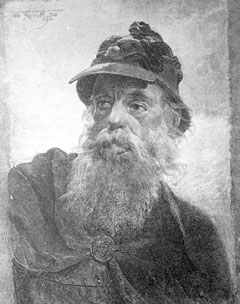Historical context
During much of the seventeenth century, Pemaquid (present-day Bristol, Maine) was the most northern coastal settlement of New England, and Pentagouet (present-day Castine, Maine) was the most southern Acadian settlement, a colony of New France. During King William's War, the area became a battleground as the French and English fought to determine the boundaries of their empires. In 1689 Baron de St Castin and the Wabanaki Confederacy (Abenaki) captured and burned down Fort Charles, the wooden stockade fort at Pemaquid. They killed 200 British at the fort and surrounding area. [6]
By 1692, the English regained control of the region, and Sir William Phipps ordered construction of Fort William Henry to replace Fort Charles (the original fort built in 1677 by order of Governor Andros). The English built Fort William Henry to protect the northern boundary of New England. The fort was the largest in New England. [7] The Massachusetts government used one third of its budget to build the fort. The fort was built with stone and mortar. There were eighteen cannon mounted in the gun ports of six-foot thick walls that rose ten to twenty feet above the ground. The fort was rebuilt under the direction of Captain John March with the assistance of Benjamin Church. [9]
The commander of the fort was Captain Pasco Chubb. He violated an assembly that was held under a flag of truce, by killing a number of the Abenaki chiefs who were present (including Chief Aspinquid). D'Iberville knew that he would require both a land-based cannon assault and war ships to conquer the fort. Led by Saint-Castin, the Abenaki Nation joined forces with D'Iberville at Pentagouet.
This page is based on this
Wikipedia article Text is available under the
CC BY-SA 4.0 license; additional terms may apply.
Images, videos and audio are available under their respective licenses.

